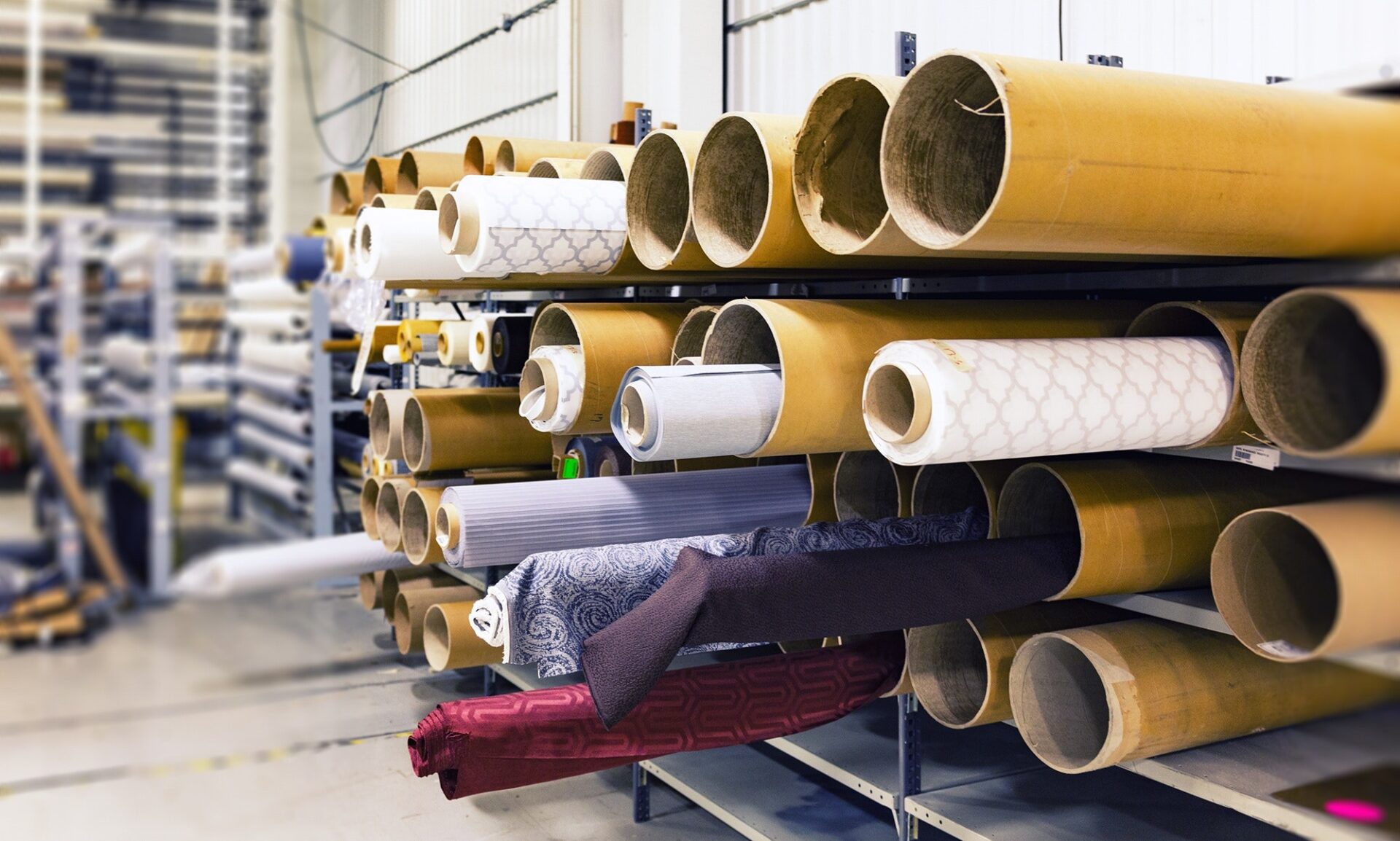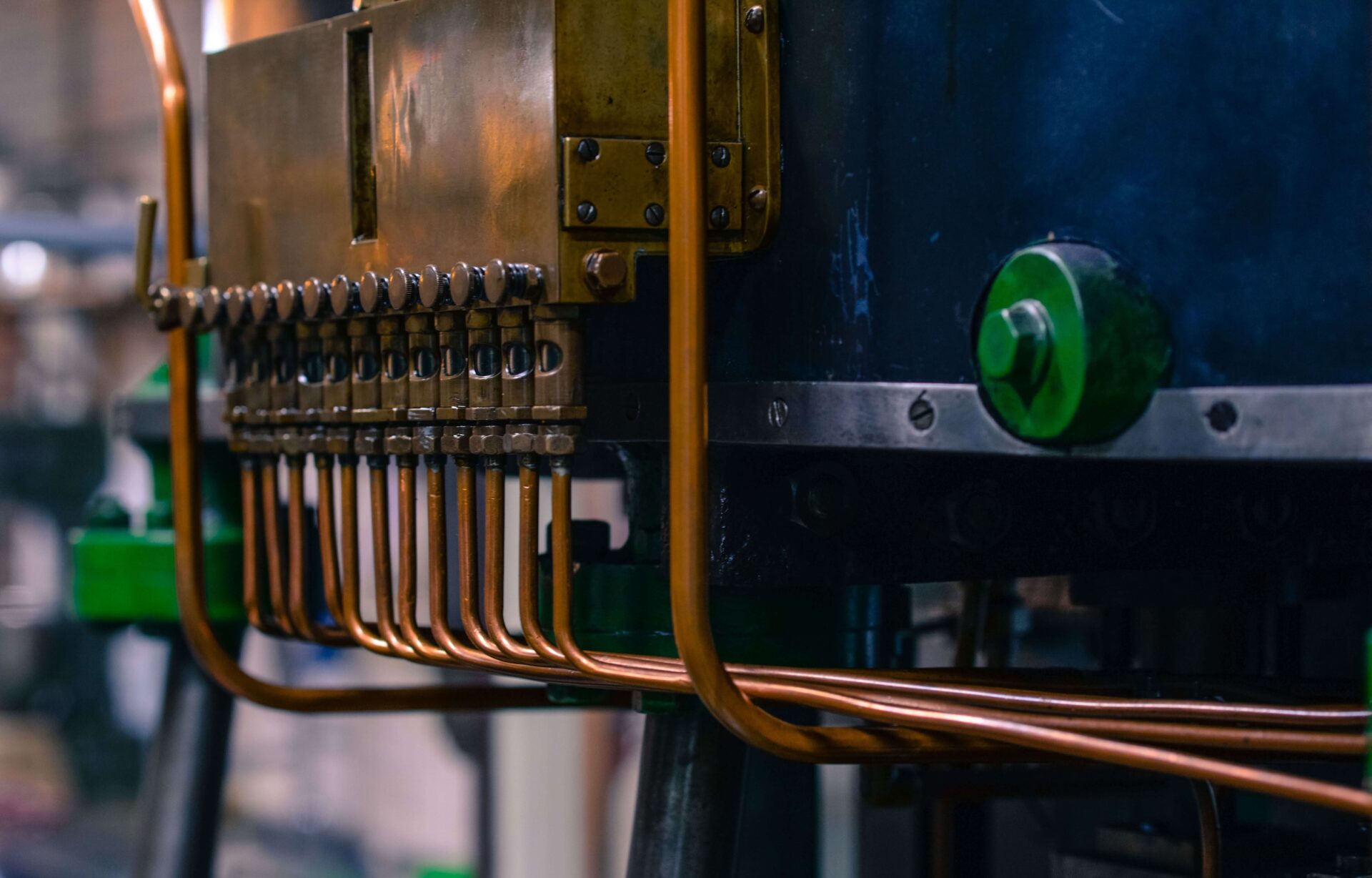3 Technologies That Have Changed the Manufacturing Process
by Abdul Aziz Mondal Technology Published on: 16 February 2019 Last Updated on: 19 August 2023

Manufacturing is an ongoing topic in the United States today. It’s often at the center of political campaigns and talks about the future of the economy. However, if there’s one thing we can all agree on, it’s that manufacturing as a process is changing. New technology is making manufacturing more affordable, faster, and eco-friendly. These are positive changes, despite the negative press manufacturing gets in the media.
According to the Bureau of Economic Analysis, manufacturing drove 11.6% of the economic output of the United States. Though this might seem small, manufacturing still is a large chunk of our gross domestic product. Despite the shift to a service-based economy, we can expect to see continued investment in manufacturing. Much of this is due to the new technologies being developed and evolving every day. Let’s take a closer look at the primary 3 technologies that have changed the manufacturing process for good.
1. 3D Printing
3D printing has made headlines again and again for years now. While it’s been at the forefront of technological advancements for at least a decade now, it’s only now becoming affordable enough to be used in the modern manufacturing process with some consistency. Also known as additive manufacturing (AD), 3D printing is the process of creating an object by adding materials layer by layer.
While it is possible to now own a 3D printer in your house or to 3D print food, that’s not the type of 3D printing done by most manufacturers. For instance, on 3erp.com you can see that they use 3D printers to quickly create prototypes for businesses of all sizes. This allows for more customization in the prototyping process, and it’s good news for modern innovation.
Businesses can now consider both short-run products to launch new products faster, and they can also produce high-volume projects at a more rapid pace. 3D printing has a great reduction in cost since it’s possible to make just as much product as needed without any extras or costly machinery. Most importantly, because materials are “added” instead of “taken away,” there is significantly less material waste, making 3D printing a better choice for the environment. While 3D printing is still not used across the board, it’s the next big thing in manufacturing.
2. Advanced Robotics

Advanced robotics use Artificial Intelligence (AI) to improve manufacturing capabilities. One study funded by Advanced Robotics for Manufacturing intends to research the decision-making components of these robots in the assembly process. Ultimately, the goal is to improve the quality of manufacturing without increasing the time to market.
3. Real-Time Monitoring
Finally, real-time monitoring is changing the manufacturing process from an operations standpoint. As of 2018, 81% of manufacturers rely on real-time monitoring to improve their own operations. This push for more optimization is driven by a need to improve product quality, reduce the time to market, and keep engineering coordinated smoothly.
It’s about more than inventory monitoring. There’s also an improvement in shop floor performance. By seeing how the production lines are performing in real-time, manufacturers are better equipped to make smart decisions, accept new projects, and invest in new technology like those discussed above. Real-time monitoring is becoming the new normal thanks to new technology and monitoring tools, and advanced robotics will likely fit right into this new model.
The Future of Manufacturing
Despite those sensationalized news headlines, there’s a lot to look forward to in the world of manufacturing. From the United States to abroad, these improvements in technology above are making a splash in the global economy. They mean cheaper, more innovative products, as well as lower barriers to entry in the manufacturing industry.
While jobs in manufacturing are certainly changing, new jobs are opening to meet these new technologies. It’s time to adapt to the evolving world. These technologies won’t wait for anyone, so we either embrace them or find a new way forward.
Explore More:







































































































